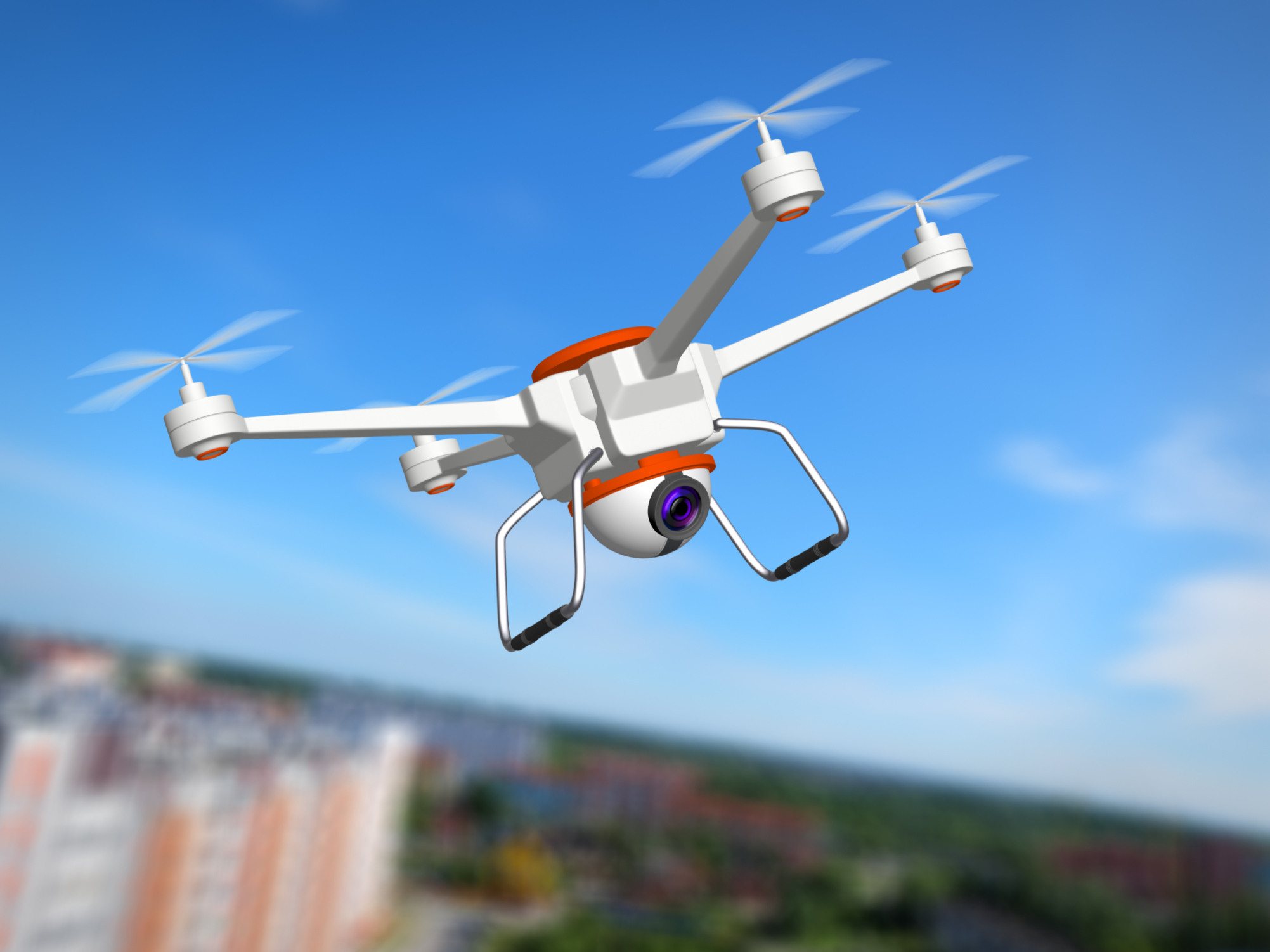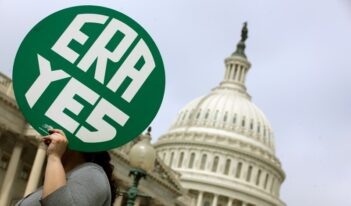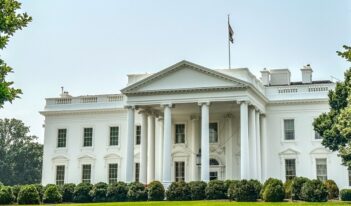
Scholar argues that better state laws would accommodate privacy concerns and encourage police efficiency.
“My concern about our technology today is that it’s growing faster than our rights,” said Pennsylvania state senator Mike Folmer when discussing his proposal to limit drone use. His bill, known as the Fourth Amendment Protection Act, would impose a two year moratorium on most government uses of drones in the state. Supporters of the bill argue that drones have the potential to invade individuals’ privacy. However, critics say that drones are practical tools that can help news organizations, law enforcement officers, and government inspectors. Already the bill has been altered to allow law enforcement to use drones in areas such as search and rescue and Amber Alerts or after obtaining a warrant.
According to a recent article by law professor Chris Jenks at Southern Methodist University Dedman School of Law, public concerns that drones are dangerous and infringe on individuals’ privacy have influenced lawmakers to overregulate drones to the detriment of law enforcement efficiency.
The fear of drones may be in part an issue of terminology, as many Americans associate drones with military systems, Jenks claims. Jenks believes the word drone should be reserved for completely autonomous vehicles to be developed in the future, as distinguished from unmanned aerial system which are operated from the ground and are what law enforcement typically uses currently.
Jenks argues that many state regulations of drones are problematic. At one extreme, these laws often fail to address citizens’ privacy concerns about drone surveillance. At the other extreme, some of the laws are so concerned with protecting individuals’ privacy that they prevent law enforcement from using a potentially useful device in situations which do not implicate privacy.
Although the Federal Aviation Administration regulates commercial and recreational drone use on a federal level, states are also actively regulating drones. As of early 2015, fourteen of these state laws curtail drone use by law enforcement, specifically in the area of surveillance.
While state regulation of drones ranges from permissive to restrictive, there is a focus on limiting drone surveillance. Currently some states allow officers to use drones for photo and video surveillance provided they have a warrant, while many states do not allow the use of police drones to take pictures of persons under any circumstances. Oregon allows drone use to search for suspects without a warrant if there is probable cause and circumstances make it unreasonable to obtain a warrant, and Maine provides an exception if there is a threat to an individual’s life or safety. States such as Florida, Illinois, North Carolina, and Tennessee allow law enforcement use of drones without a warrant if there is a high risk of a terrorist attack.
Many states and individuals are concerned that drone use could violate the Fourth Amendment, which prohibits government officials from conducting unreasonable searches or seizures “of a person, their house, their papers, or their effects.” Search and seizure cases often examine the constitutionality of law enforcement officers’ efforts to gain evidence of illegal conduct sufficient to obtain a warrant. Police search efforts can involve an aerial component, such as the use of airplanes or helicopters to survey an area, which drones could do in the future.
Although no Supreme Court opinion has squarely addressed the constitutionality of drone use in police investigations, Jenks analyzes five Supreme Court cases involving manned aircraft surveillance and similar advanced technologies that he posits would be most relevant to the issues that surround the use of drones by law enforcement.
The Supreme Court has held that aerial observation by camera from a plane or helicopter flying in accordance with FAA regulations is constitutional, subject to certain limitations on invasive technologies. Obtaining information about a private space such as the interior of a home using a “sense-enhancing technology” that is not widely used by the public violates the Fourth Amendment. For example, law enforcement can use an advanced camera able to observe more closely than the human eye, but it cannot use a thermal imager to scan a house for evidence of a marijuana farm. The Court determined that thermal imaging in this context was impermissible because it is not a technology in common use and because of its supersensory component—the ability to perceive activity through walls. The Court has held thus far that the use of cameras, even cameras with advanced magnification, do not constitute an illegal search.
Jenks asserts that as long as police operate drones similarly to manned aircrafts and do not use overly invasive technology, drones will likely not implicate Fourth Amendment concerns. He argues that states that have banned drone use for surveillance are not relying on prevailing law. Instead, states are enacting these laws in reaction to public apprehension about drones, thus curtailing the use of police drones even when their use would survive constitutional scrutiny.
Another scholar analyzing state regulation of police drones has gone even further, arguing that the complete ban on police drones is irrational. Law Professor Gregory McNeal from Pepperdine School of Law recently published a report detailing the inconsistencies in states’ drone regulations. McNeal maintains that if states were really concerned about addressing privacy, they would ban the widespread use of surveillance technology generally, rather than targeting drones specifically. He argues that there are technologies, like geofencing and autoredaction, which would restrict a camera’s vision and make unmanned surveillance less invasive than manned surveillance.
States with a complete or nearly total ban on drones are missing out on many potential legal and productive uses of drones by law enforcement that do not implicate privacy concerns, according to Jenks. He advocates using drones in situations where a manned operation would be dangerous, costly, or simply inefficient. For example, the Seattle police department envisioned using drones during hostage situations and search-and-rescue operations to replace manned helicopters, but shut down the program in response to public uproar that drones would intrude on individual privacy.
But Jenks’s primary concern is that overly restrictive laws limiting police use of drones will cost society the opportunity to improve law enforcement capabilities. Jenks encourages states to continue to experiment when regulating drone technology, but seeks to reassure lawmakers that drone use is likely within the bounds of the Fourth Amendment and thus laws should not unnecessarily limit police drones.



